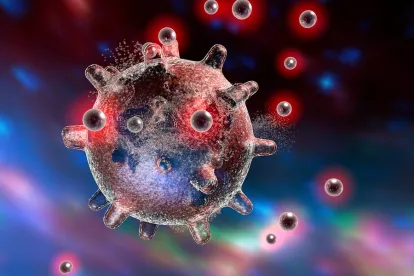The National Institute for Occupational Safety and Health (NIOSH) has published Current Intelligence Bulletin 70: Health Effects of Occupational Exposure to Silver Nanomaterials. According to the Current Intelligence Bulletin (CIB), NIOSH assessed potential health risk from exposure to silver nanomaterials by evaluating more than 100 studies of silver nanomaterials in animals or cells. The CIB states that recent studies in animals have demonstrated that biologic activity and potential adverse health effects are related to particle size. Adverse health effects of nanoscale silver particles, including early stage lung inflammation and liver hyperplasia, have been observed in rats following inhalation exposure. NIOSH considers these responses relevant to workers and estimated the risks to workers based on these animal data. NIOSH derived a recommended exposure limit (REL) for silver nanomaterials (3) as an airborne respirable eight-hour time-weighted average (TWA) concentration. The CIB notes that NIOSH continues to recommend a REL of 10 μg/m3 as an eight-hour TWA for total silver (metal dust, fume, and soluble compounds, as Ag). NIOSH further recommends the use of workplace exposure assessments, engineering controls, safe work procedures, training and education, and established medical surveillance approaches to protect workers.
NIOSH “recommends that employers disseminate this information to workers and customers and requests that professional and trade associations and labor organizations inform their members about the potential hazards of occupational exposure to silver nanomaterials.” NIOSH RELs are non-mandatory occupational exposure limits (OEL), unlike the Occupational Safety and Health Administration’s (OSHA) permissible exposure limits (PEL), which are codified and are legally enforceable.




 />i
/>i

